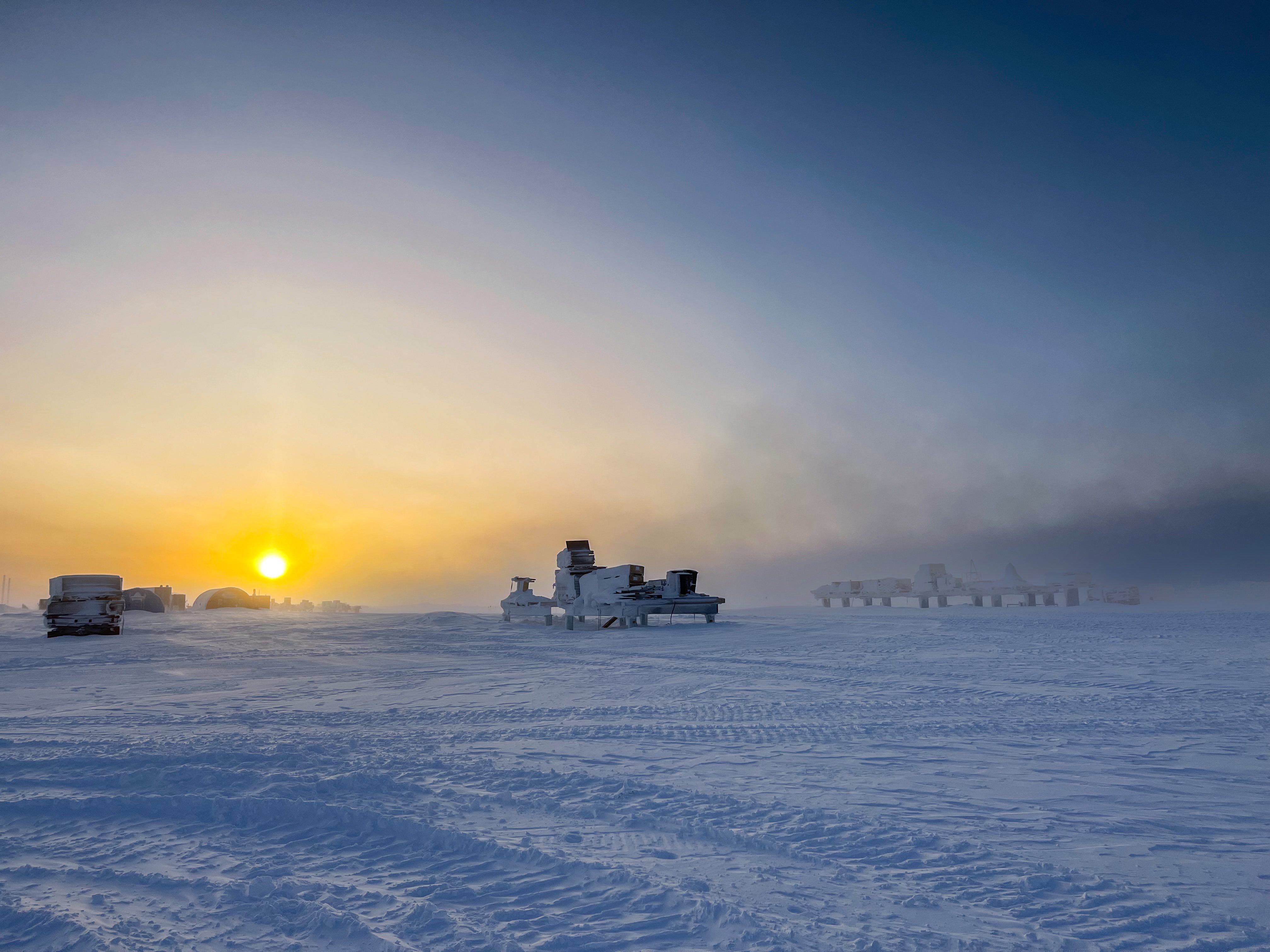
By Irina Petropavlovskikh, CIRES and NOAA Global Monitoring Laboratory scientist
The 2023 Antarctic ozone hole is taking shape as we move into this year’s ozone depletion season. Stratospheric temperatures are staying cold (similar to temperatures at this time in 2022). The sun is rising quickly (since the September 21-22 equinox) and activating chlorine, which initiates the destruction of thousands of ozone molecules. Our South Pole ozonesonde measurements show that ozone has begun its plunge down to this year’s minimum.
This year’s ozone hole, beginning after sunrise, may show enhanced ozone depletion at higher altitudes. This is due to the Hunga Tonga volcanic eruption in early 2022, which added an anomalous amount of water vapor to the atmosphere. Global circulation/winds eventually transported the water-rich plume to the Antarctic stratosphere, enhancing the winter-time formation of polar stratospheric clouds (PSCs), the precursors to activating chlorine into ozone-depleting species.
The year-to-year variability in the size of the ozone hole is driven by meteorological conditions in the Southern Hemisphere. So-called sudden stratospheric warming events (which are very rare in the Southern Hemisphere) could destroy the polar vortex and polar stratospheric clouds, leading to a fairly small ozone hole as happened in 2002 and 2019. Some models (including from NASA and NOAA) predict the development of a sudden stratospheric warming event.
Overall, though, the ozone hole over Antarctica is on the mend, thanks to the 1987 Montreal Protocol and its amendments. Analyses of the data and model predictions suggest that stratospheric ozone in Antarctica should recover by the 2060s.

